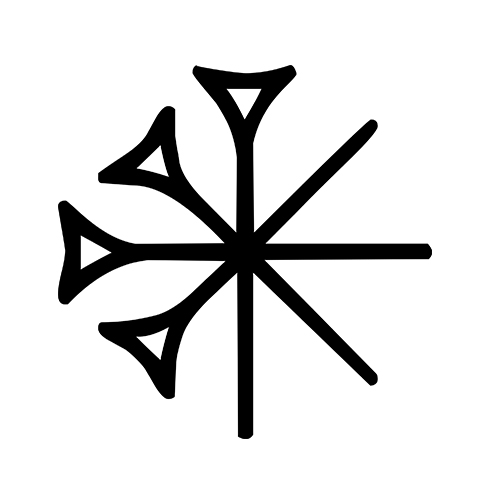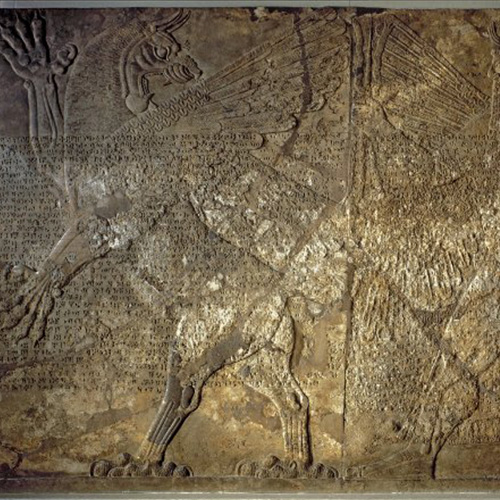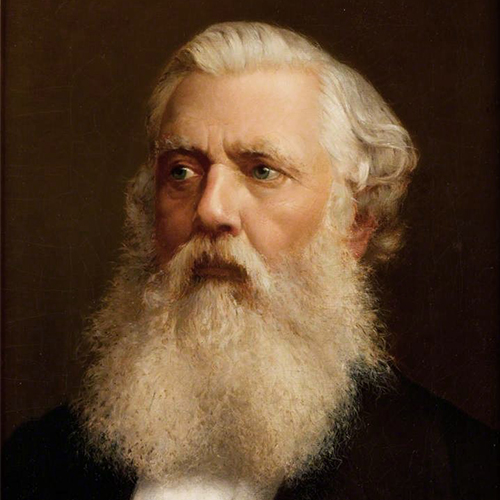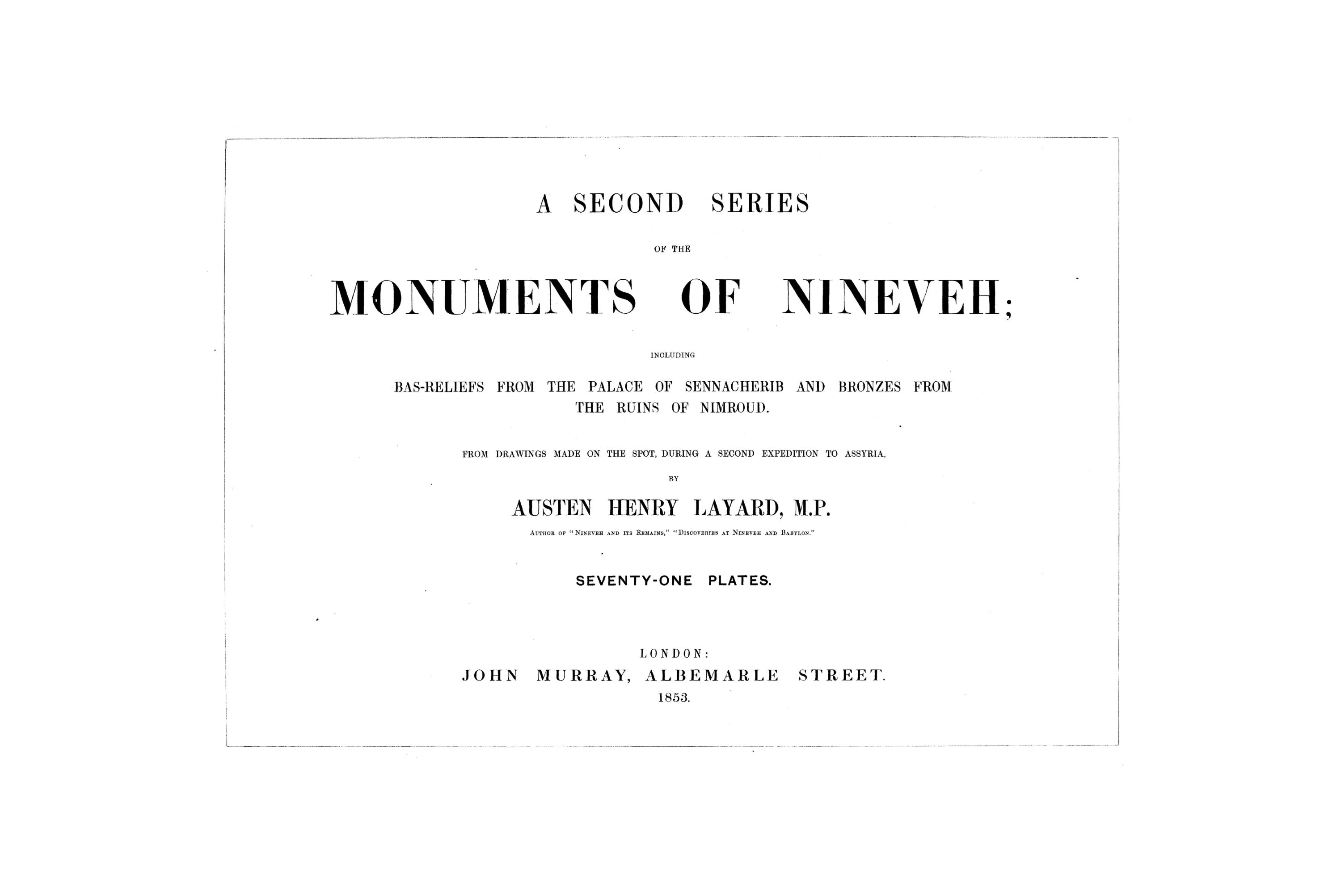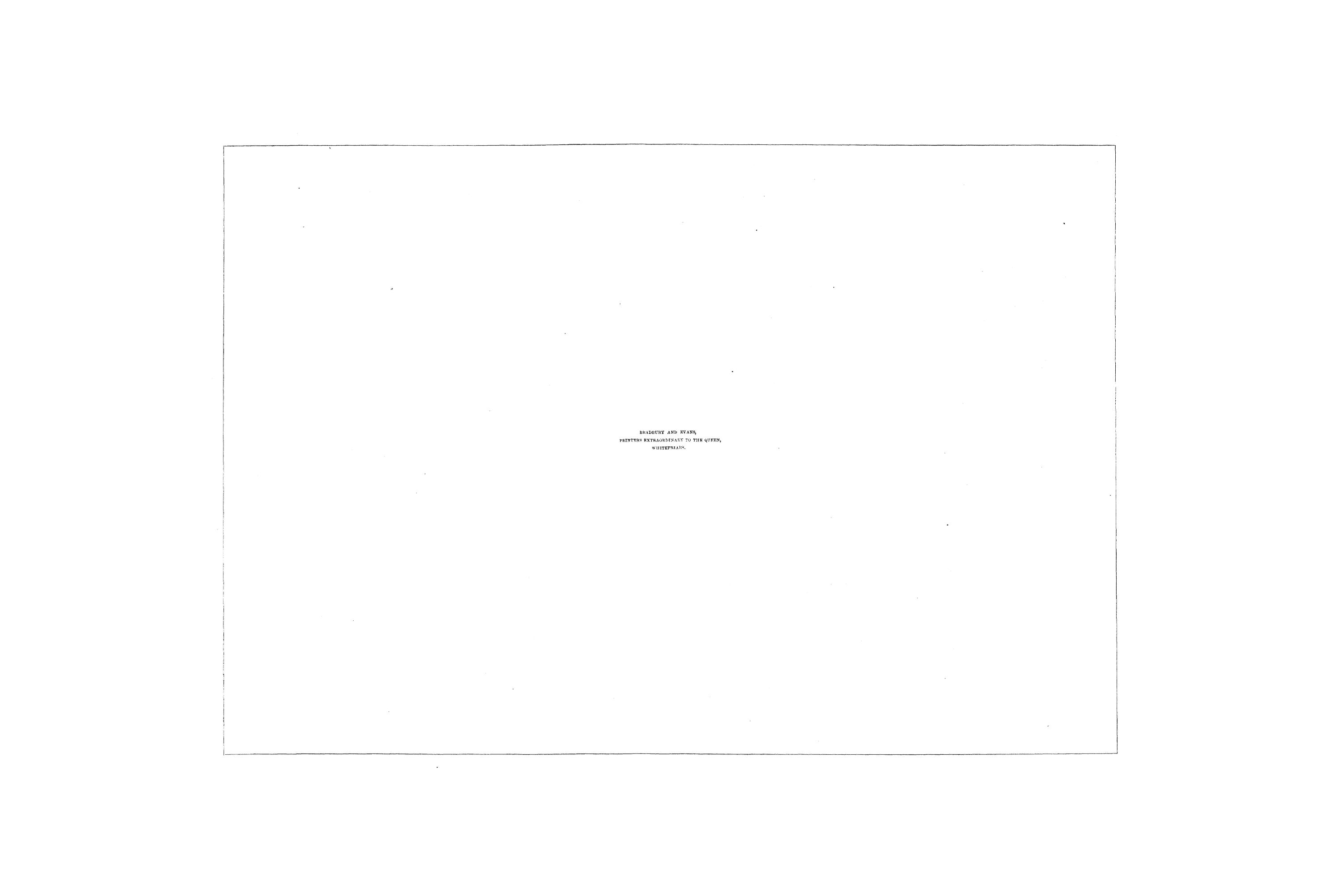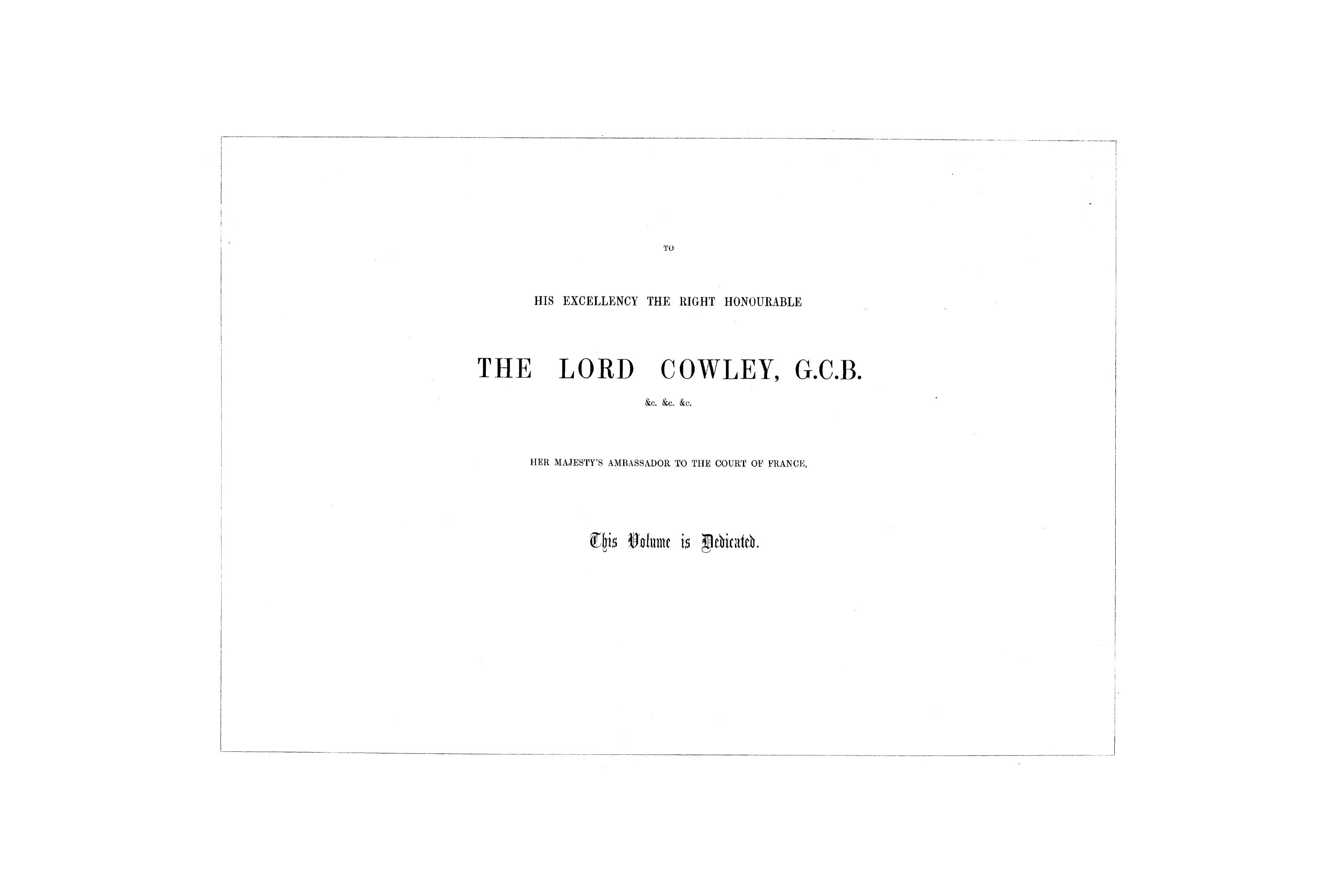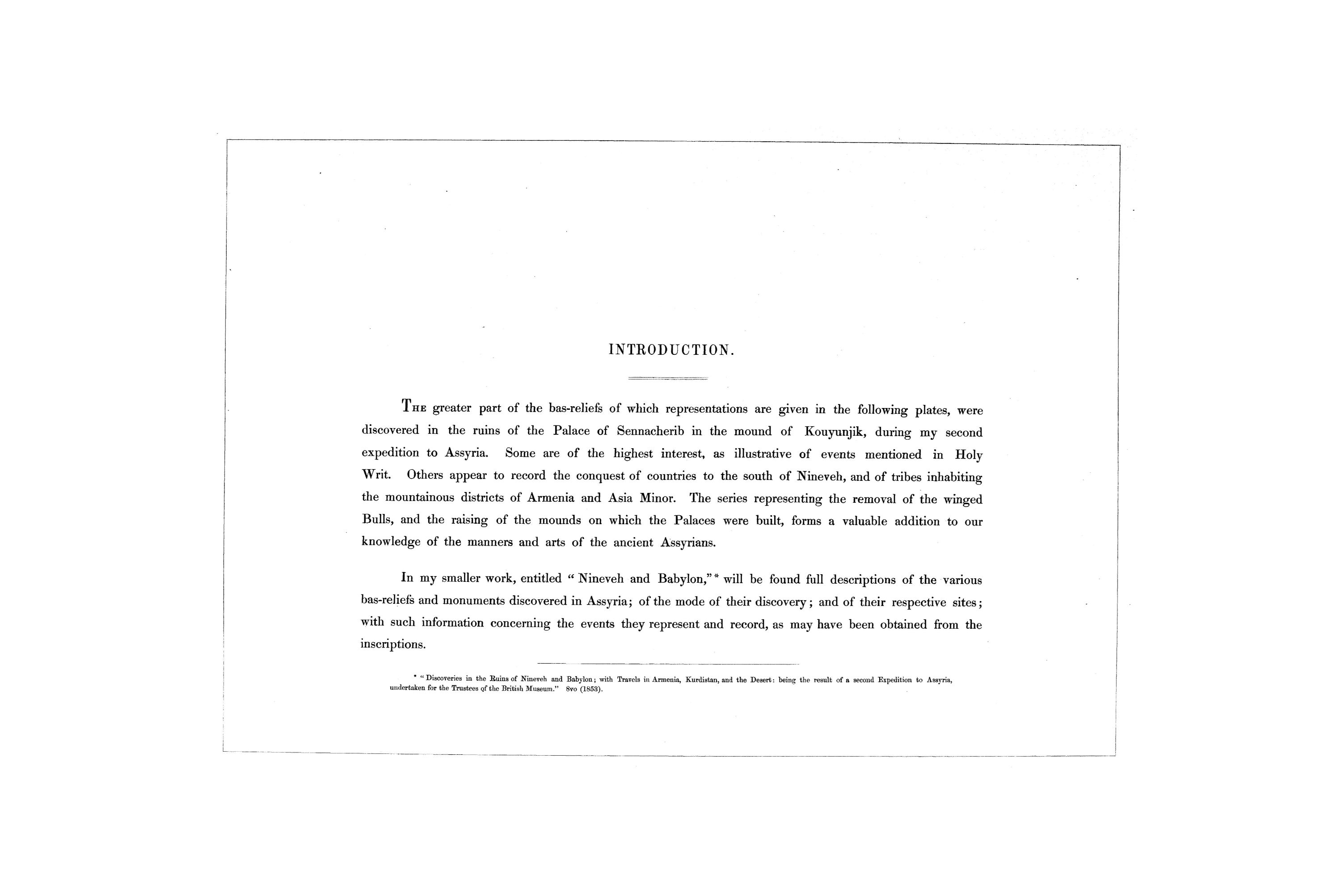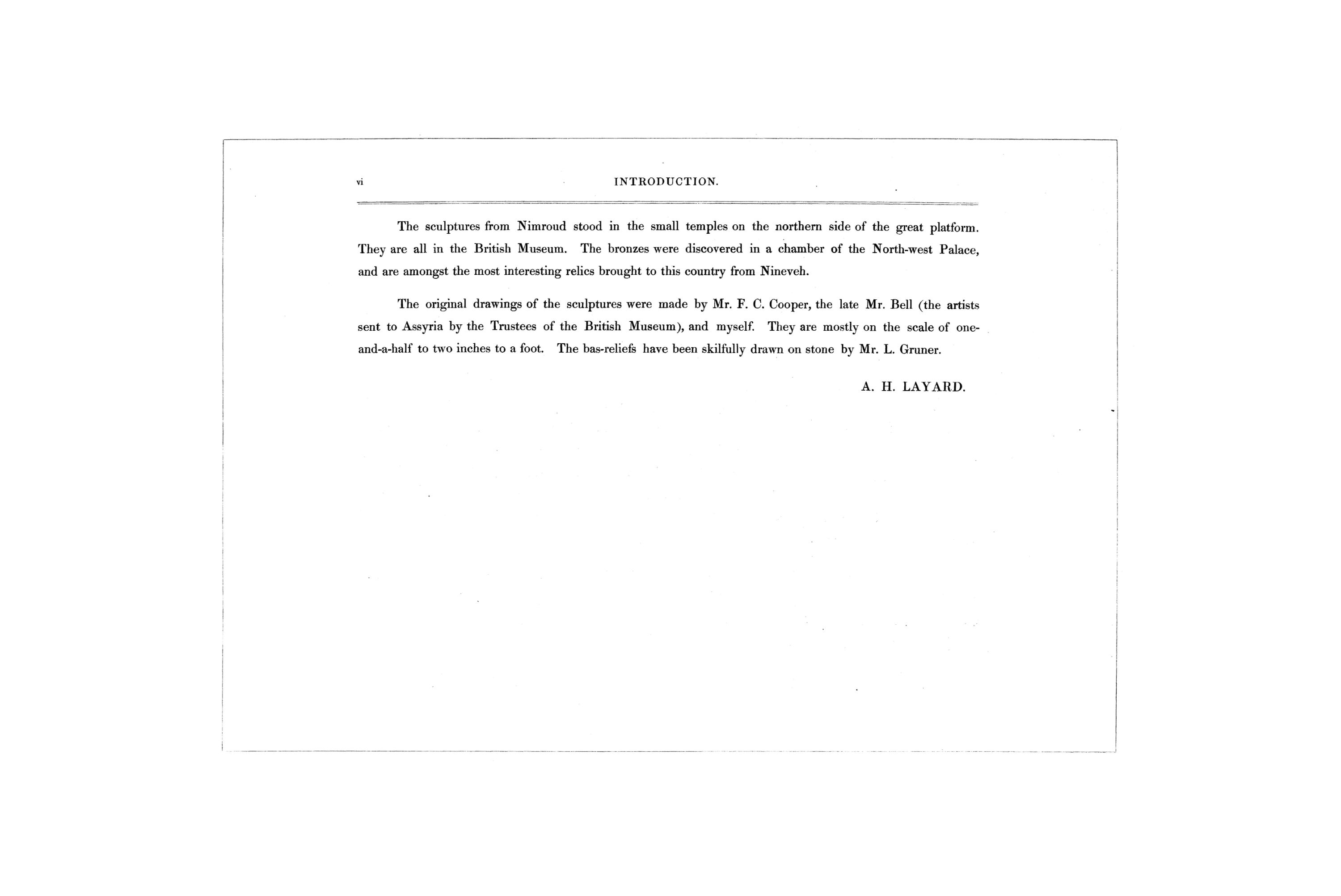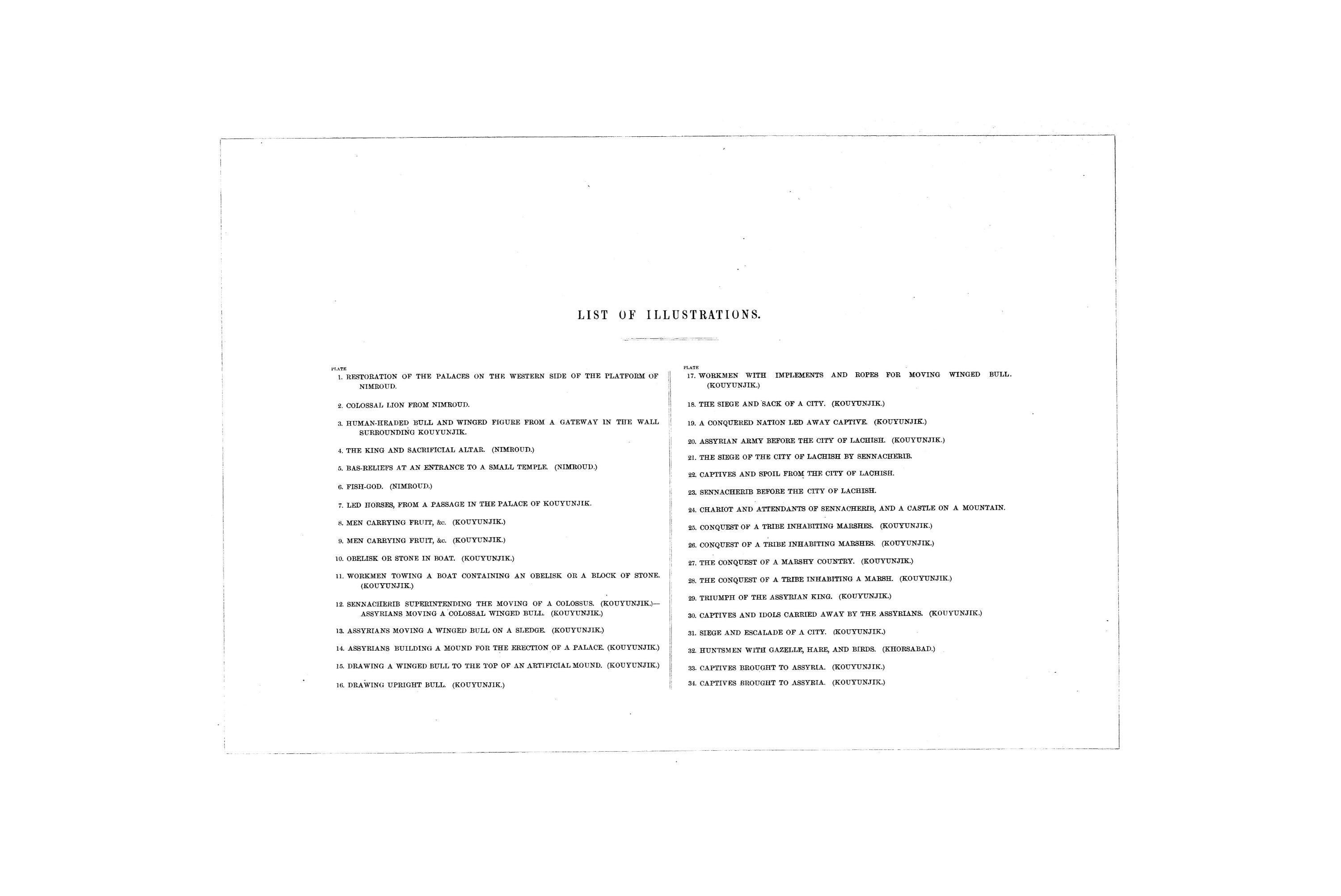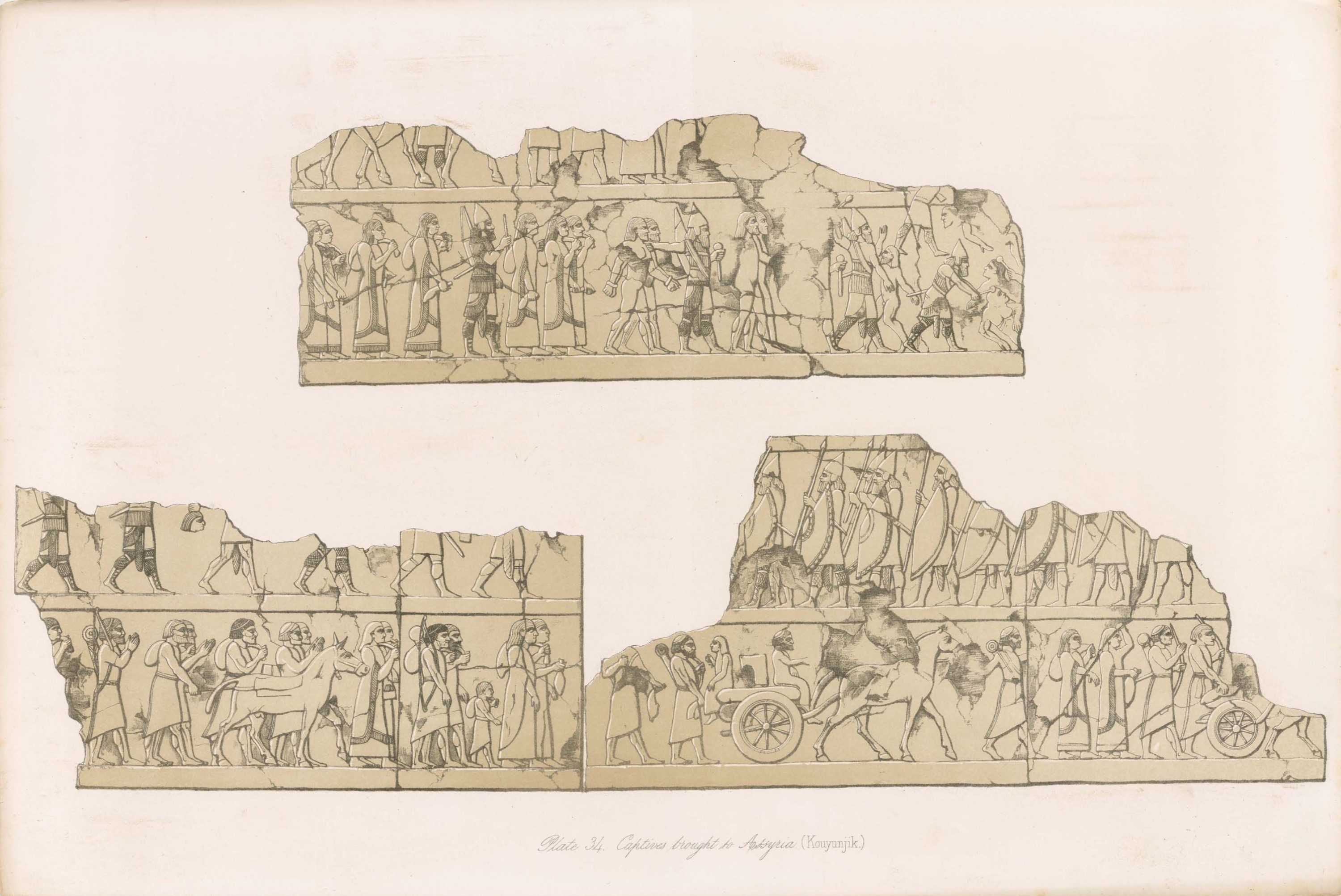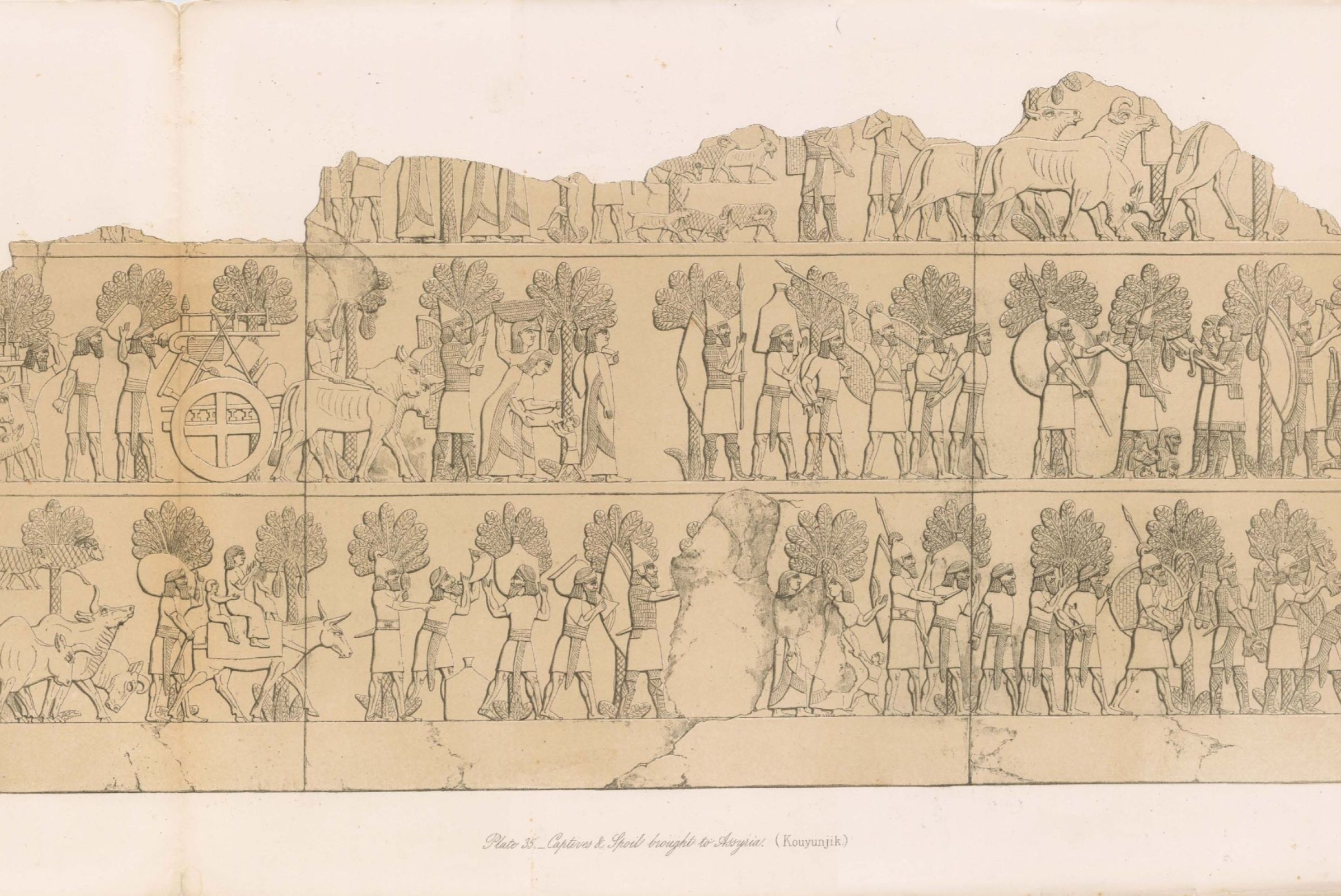About
A Second Series of the Monuments of Nineveh; Including Bas-Reliefs From the Palace of Sennacherib and Bronzes From the Ruins of Nimroud, published in 1853, is the second volume from Austen H. Layard's exploration work in the Middle East (Iraq area). This work contains seventy one plates and drawings made at the time of the artifact discovery. Most of the plates show scenes and depictions of Assyrian culture, which dates back to 1350 - 500 BCE.
Source: OMNIKA
The Royal Academy of Arts: "The title page of the second portfolio reads, 'A Second Series Of The Monuments Of Nineveh; Including Bas-Reliefs From The Palace Of Sennacherib And Bronzes From The Ruins Of Nimroud. From Drawings Made On The Spot, During A Second Expedition To Assyria, By Austen Henry Layard, M.P. Author Of "Nineveh And Its Remains", "Discoveries At Nineveh And Babylon." Seventy-One Plates. London: John Murray, Albemarle Street. 1853'. (The last plate of the second portfolio repeats the date of 1853.) Introducing the plates of Volume I Layard writes: 'The Sculptures and Bas-reliefs engraved in this Work were discovered in the great Assyrian ruins of Nimroud and Kouyunjik, which, there is every reason to believe, are part of the remains of the ancient city of Nineveh. ... during the year 1846 and part of 1847. A detailed account ... is contained in a smaller work, entitled, "Nineveh and its Remains," ... Some of the Sculptures engraved have been secured for the British Museum ... many ... have already perished'. Layard's discoveries included the black obelisk of Shalmaneser III. His 1849 excavations at Kuyunjik revealed Sennacherib's palace and an archive of cuneiform tablets. In the Introduction of Volume II Layard writes, 'The greater part of the bas-reliefs ... were discovered in the ruins of the Palace of Sennacherib in the mound of Kouyunjik', and commends them as confirming the historicity of events referred to in the Hebrew Bible. He refers the reader to his 'Nineveh and Babylon' for fuller descriptions of the excavations. The sculptures which Layard revealed were carved between the ninth and seventh centuries B.C., and are some of the earliest examples of narrative art. The plates show sculpture representing civil and military life of ancient Assyrians. The last two plates of Volume I and the last plate of Volume II are a map and two plans of the sites. Several plates are lithographed in color (1, 2, 85-88, 90, 91, 93); others, tinted (89, 92, 94, 95, 100); the remainder, plain."
Source: Author or Publisher
expand_more Read more Read less
Access
Read for free
External sources
Primary
Belief system

The Babylonian religion was practiced throughout modern-day Iraq and the general near east (Mesopotamia) during antiquity. Its chief deity was Marduk.
Myths cited
It looks like only the main myth was referenced in this work.
Belief systems cited
Artifacts cited
Contributor
Cite this work
ChicagoLayard, Austen H. A Second Series of the Monuments of Nineveh; Including Bas-Reliefs From the Palace of Sennacherib and Bronzes From the Ruins of Nimroud. Vol II., The Monuments of Nineveh. London, England: John Murray, 1853.
